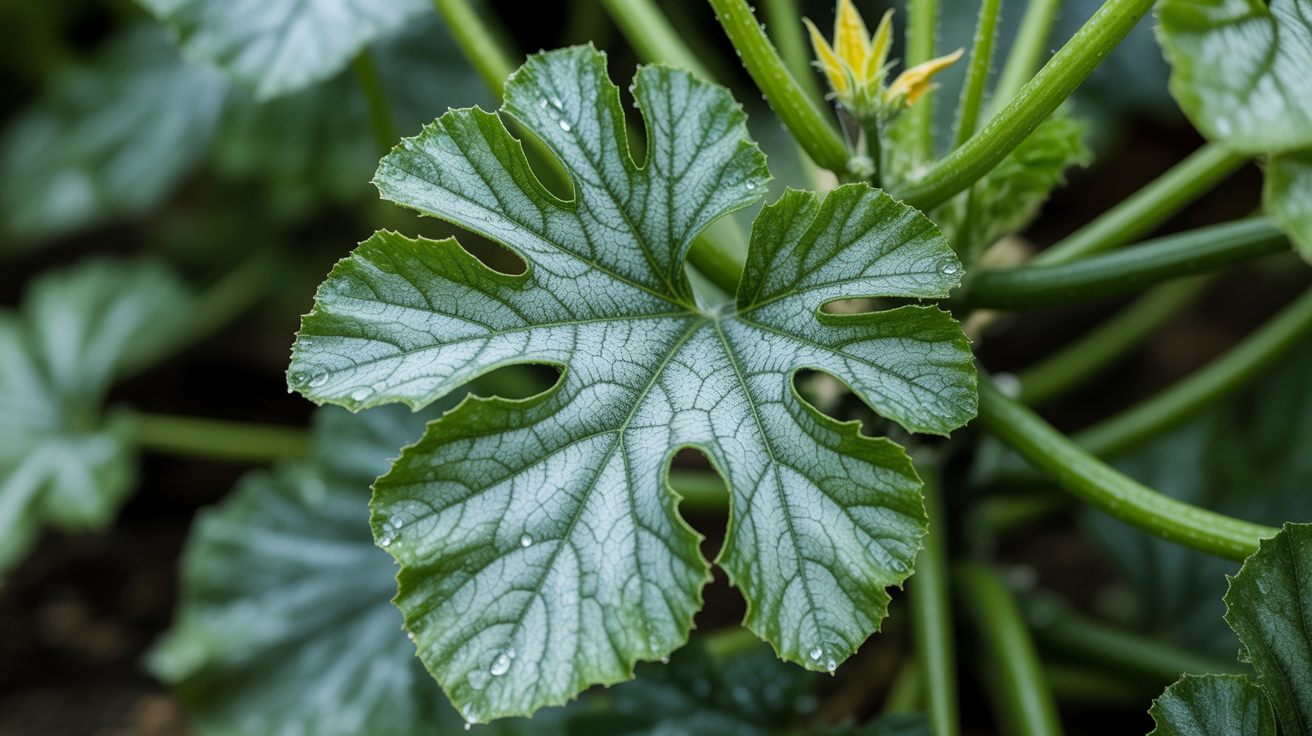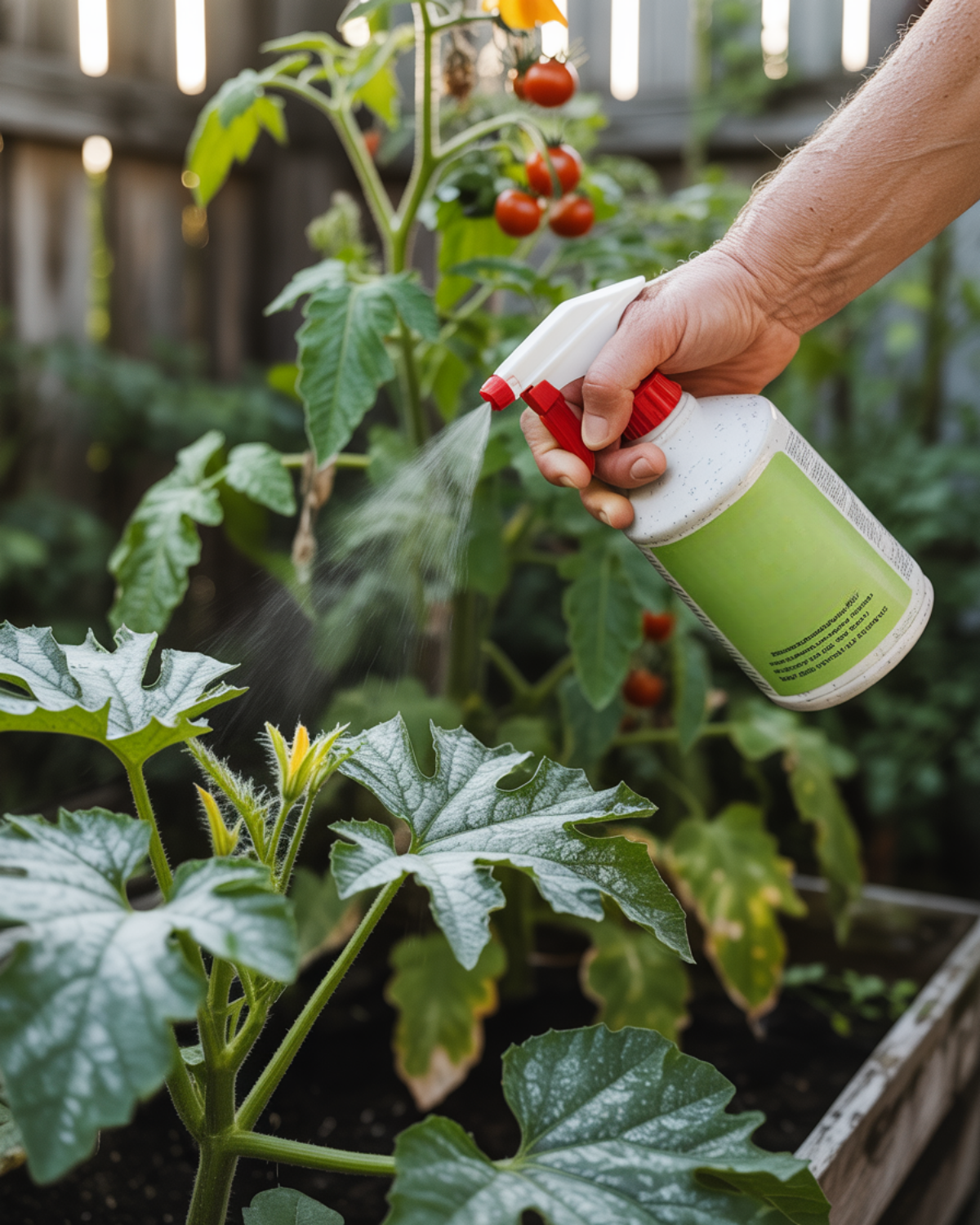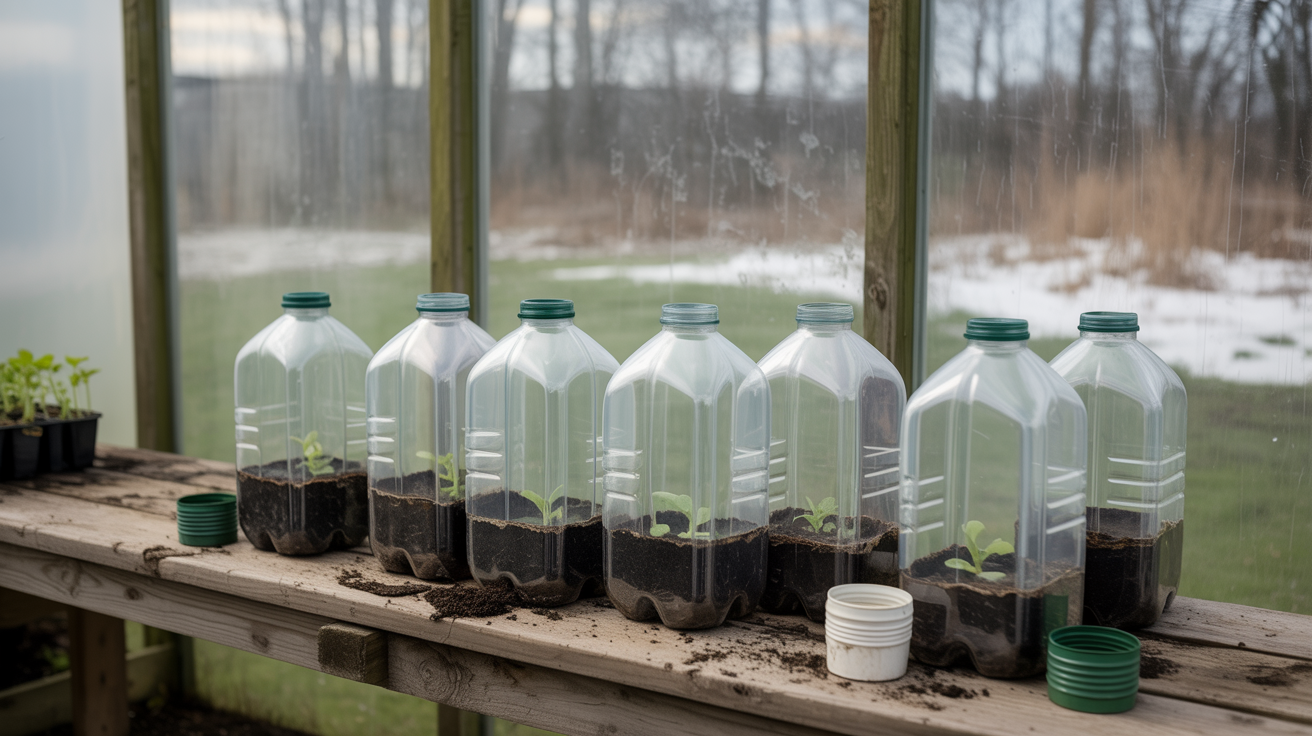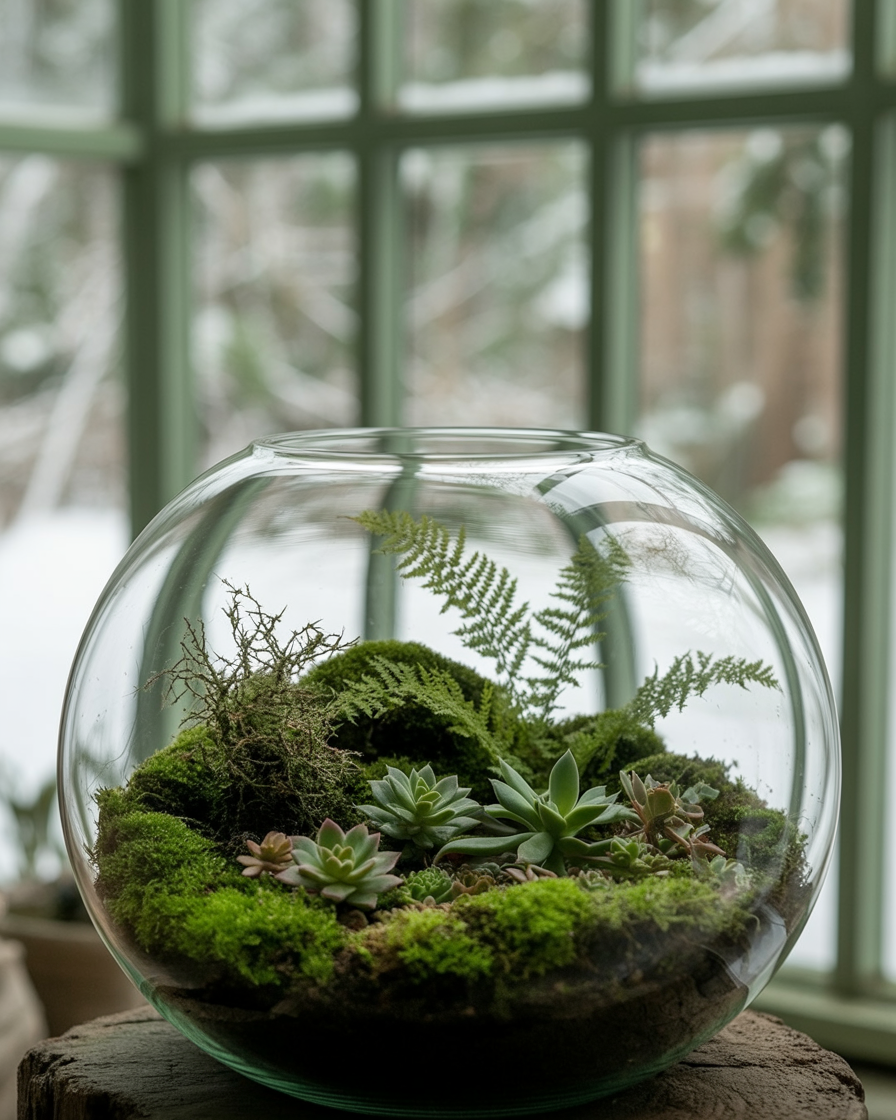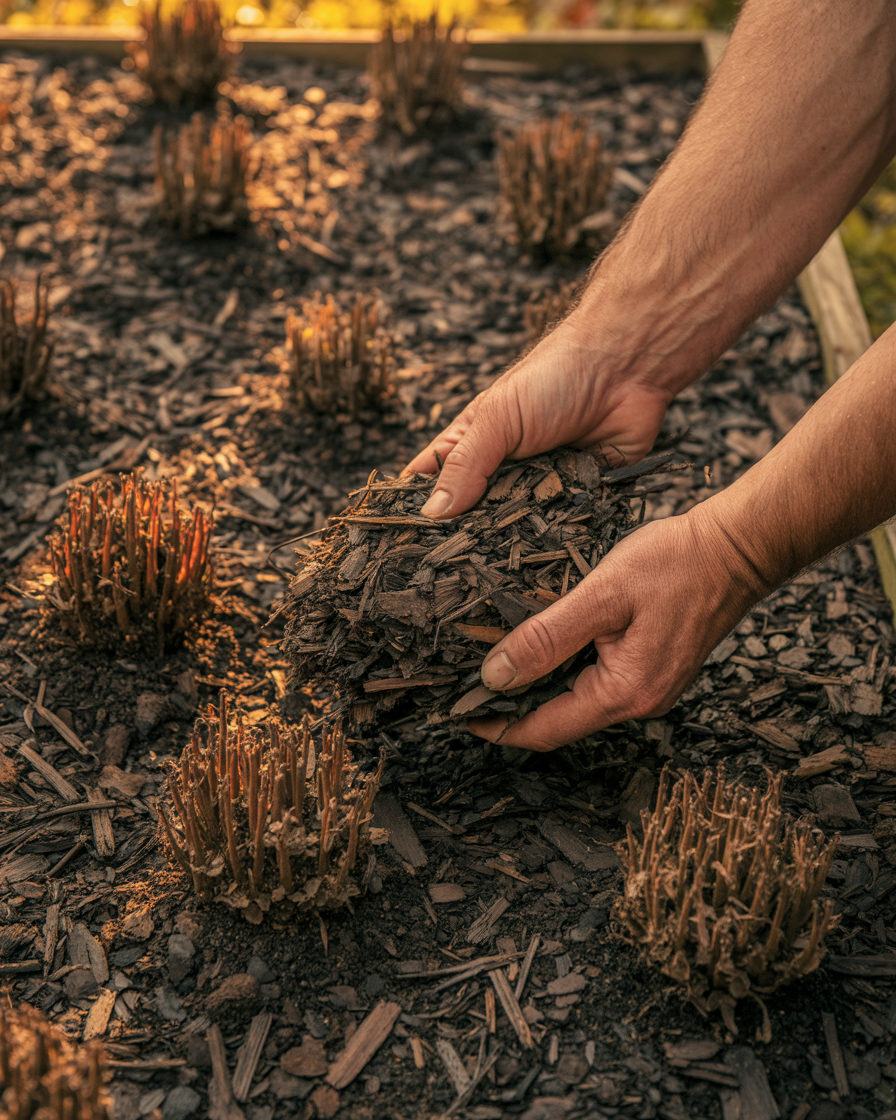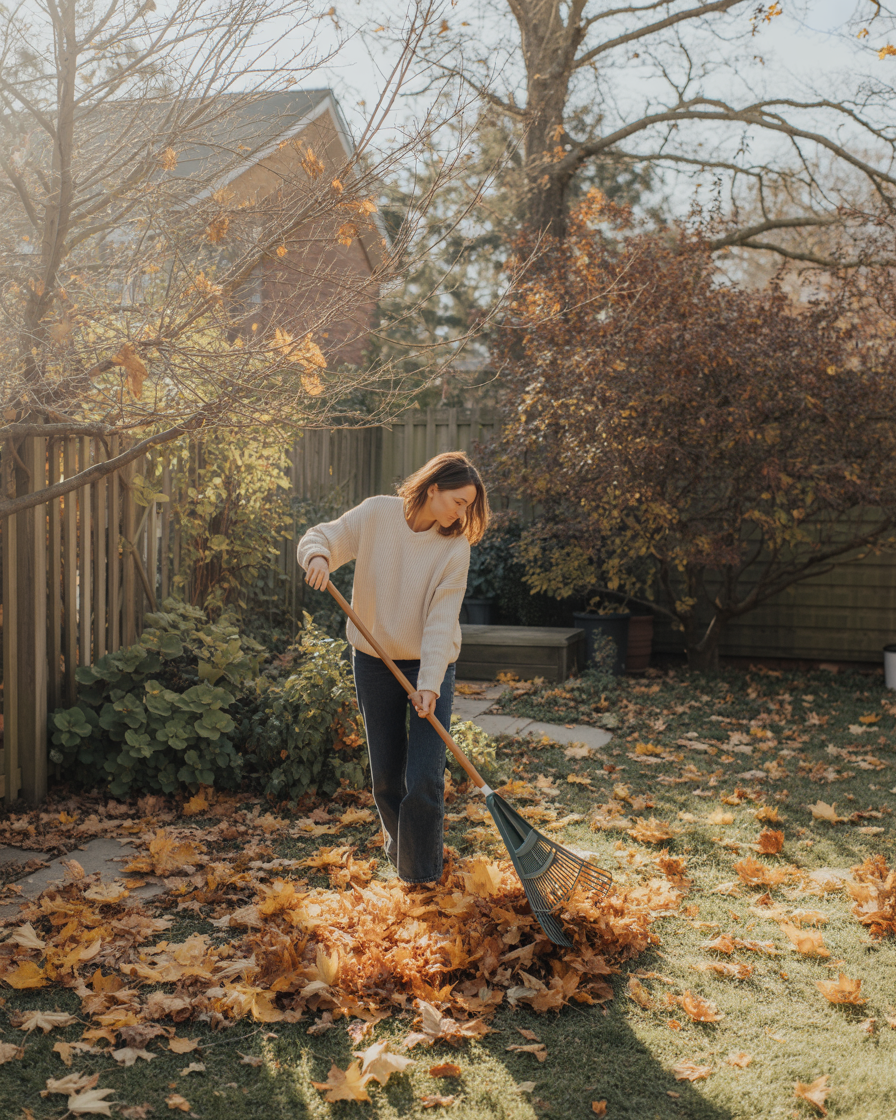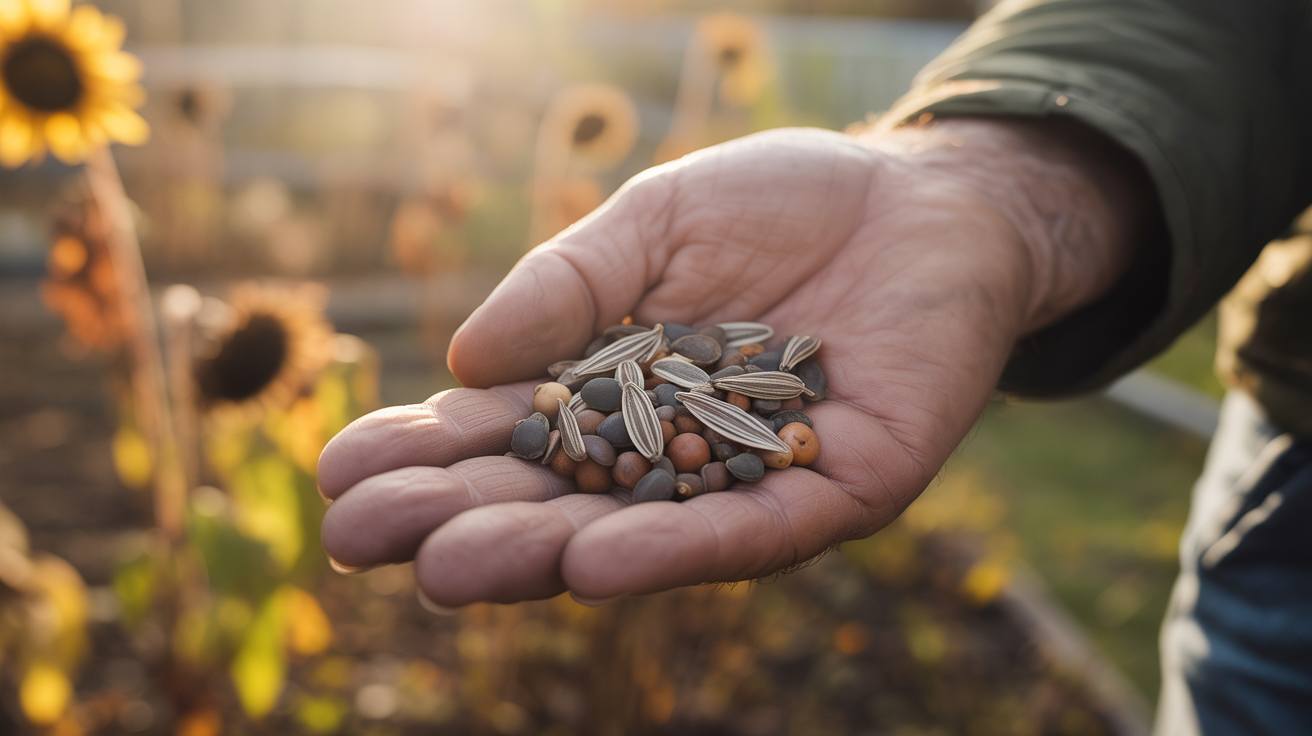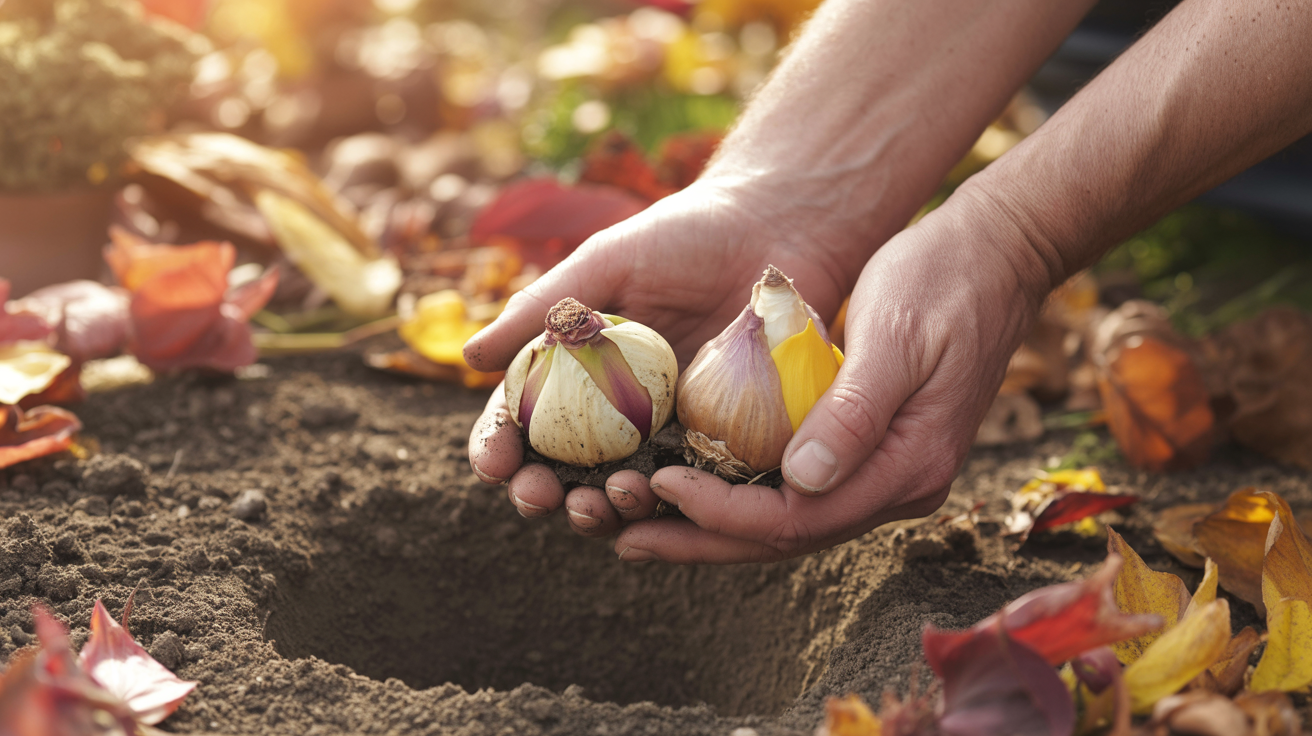🍄 Combatting Powdery Mildew: Prevention & Treatment Guide
Powdery mildew—that white, flour-like dusting on your plants—isn’t just unsightly. It weakens leaves, hinders flowering, and, if ignored, spreads quickly through your garden. But with the right approach, you can keep this common Illinois garden problem under control.
🌱 What Does Powdery Mildew Look Like?
White or gray powdery spots on leaves, stems, or fruit
Typically begins on lower or shaded foliage
Leaves may yellow, curl, dry out, or fall off prematurely
🌤️ How to Prevent It
Powdery mildew thrives in shady, humid conditions. Your best defense? A garden with great air circulation and early action.
✅ Increase Airflow & Light
Prune overgrown areas
Space plants properly
Avoid crowding tall perennials like phlox and bee balm
✅ Water Early, Not Late
Always water at the base in the morning
Avoid wetting foliage in the evening
✅ Choose Resistant Varieties
Look for mildew-resistant versions of:
Cucumbers and squash
Grapes and zinnias
Roses and lilacs
✅ Clean Up Debris
Remove fallen leaves and any infected material—especially at the end of the season—to reduce overwintering spores.
🧪 When to Use Fungicides
Chemical fungicides should be your last resort. If using, apply early in the morning and follow the label closely. Organic options are often just as effective when used preventatively.
🔄 Keep It from Coming Back
Inspect plants weekly
Thin foliage where necessary
Apply safe sprays at the first sign of mildew
Continue treatments during hot, humid stretches in June and July
🏡 Why This Matters in Zone 5
Midwestern summers are a powdery mildew playground. Warm days + humid nights = ideal conditions for spread. Starting these habits early—before the mildew gets a grip—means you’ll keep your cucumbers producing, your roses blooming, and your garden looking fresh.
Visit The Landscape Connection for:
🌱 Organic remedies
🌼 Resistant plant varieties
🌿 Local advice tailored to Zone 5 gardening

